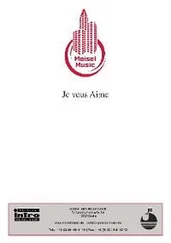“Is this it?” my father asked.
My mother switched off the radio. “This is it.”
The wall broke apart for two iron gates, opened just wide enough for a car to pass through. A brass plaque was bolted into the stone: THE TONEYBEE INSTITUTE FOR APE RESEARCH, ESTABLISHED 1929. Below that, in smaller script: VISITORS BY APPOINTMENT ONLY. Just beyond all this, we could see the start of a long gravel driveway and a narrow kiosk with white plastic siding swirled to look like wood grain. A security post, but it was empty.
My mother rolled down her window and honked the horn twice. We could hear the sound echo off the trees around us.
“Warm welcome,” my father said.
“The guard, what’s his name again? He must be up at the institute.” My mother leaned over the steering wheel and carefully nosed the car through the gates, trying not to scrape the Volvo.
The Toneybee Institute’s main drive ran between two tidy rows of white elms, behind which, on both sides, was the murk of a darker, fatter forest. The drive was long but sputtered out abruptly, right at the base of the institute’s steps.
The whole brick front of the building reared up at us out of all that green. “Oh, it’s a mansion,” Callie said, but it didn’t seem that way to me. It seemed like some cardboard false front a bunch of schoolchildren put together out of refrigerator boxes and painted up to look like their idea of grand.
The main building was brick and squat, flanked by two towers, with wings beyond. Stuck all across the front of the building was a stone orchestra made up of cement angels with asphalt violins and trumpets, chubby, stony mouths frozen wide in song. My mother had told us that before the Toneybee was a research institute, it had been a music conservatory. Huge curling flourishes hung over the windowsills and building corners. There were flood lamps tucked up underneath the armpits of the building’s stony cherubim. Crowded underneath the decorations was a bank of brass doors with a shallow flight of steps.
My mother parked right beside the steps, careful to make sure the Volvo lined up with them perfectly.
Callie was the first one out of the car. She bounded up the stairs, straight to the brass doors with their yellowing Plexiglas panes. She cupped her hands against the windows, trying to see past the film until my mother caught up with her and pulled on her shoulder.
After a few minutes, through the cloudy glass we could see a heavy form coming toward us. The whole brass doorframe buzzed, and then the form behind the glass grew larger and darker. It leaned on the handle and held the door open. It was the guard, a squat man with the whitest, thinnest skin I had ever seen. So thin that you could see the purple and red veins of his balding skull. He had a regular white dress shirt on, with two gold epaulets Velcroed to the shoulders and a clear plastic badge clipped above his heart, with a ragged paper insert with the laser-printed epitaph SECURITY.
As we shuffled through the door, he held out his hand. “Lester Potter.” He tapped the badge on the front of his shirt. Then, “Dr. Paulsen will be down in a minute.”
When we were all through the door, he strode to a small desk in the lobby, sat down, and opened his newspaper, at which point we apparently became invisible to him.
It was hard to make out the size of the lobby. Everything was covered in dark wood and velvet, which gave the room a gravitas it maybe didn’t deserve. The whole back wall was a grimy pink marble slab with roman numerals and Latin epigrams carved into its face. It was too murky to see anything more specific than that. The Toneybee kept the lights banked low: weak wattage bulbs made weaker by all the green glass lampshades. On either side of the room were heavy leather double doors, studded with brass. All that marble gave off a cold, dank sweat that hung in the air and clung to our skin and chilled us. Lester, in his chair, had buttoned a cardigan over his makeshift uniform. A modern standing metal lamp, the kind with many arms, the kind you would find in a teenager’s bedroom, stood beside his desk.
Callie wore a pair of jelly sandals, and the thick, plastic soles sank deep into the heavy carpet, leaving bite marks in the pile. I brushed my hand against one of the heavy oak walls, felt the grain of wood scratch against my neon fingernail polish, and shivered.
It was clear that none of us belonged there. And Lester Potter did not belong there, either — his makeshift uniform even shabbier and suspect, as he propped his elbows on his little desk and strained to read the newsprint in the glare of the lamp. None of us belonged there and we were all nervously ignoring the fact.
My father walked the length of the room, Callie trailing after him. He wandered around, pushing on some of the doors. Lester Potter lowered his newspaper to watch but said nothing. My father settled in the center of the room, where a statue of a man stood, stocky and messy haired, BEETHOVEN carved into the base. My father glanced at Lester Potter and then, with a studied casualness, leaned against the statue, crossing his ankles. Callie reached for his hand.
Lester Potter still watched my father. He was leaning over his desk now as if he was waiting for something to happen. But he said nothing. My mother opened her purse and began searching its contents for an imaginary stick of gum. My cheeks burned and I focused on the brightest thing in the room — the white crown of Lester Potter’s head, the veins of his scalp glowing through the gloom.
It felt like a full ten minutes before we heard the shush shush shush of rubber soles on carpet.
“Hello, hello,” a woman’s voice stuttered. “I’m sorry to be late.”
My mother was already smiling eagerly. “Dr. Paulsen.”
Dr. Marietta Paulsen was the Toneybee Institute’s research director. It was she who had conceived of the whole experiment, had handpicked us to lead it. She came at us with a nervous skip.
I’d already decided, months ago, when I’d first heard her name, that I would not allow myself to like Dr. Paulsen. I saw now that she was much older than my mother, but she wore her hair like a little girl’s, cut close to her chin, fine bangs held back with two rose tortoiseshell barrettes. She had tiny pale eyes, set close together at the center of her face. They flickered back and forth in a way that made me feel both sorry for her and uneasy for myself. She was very tall. I noted, with a rush of satisfaction, that she had a wide, flat, obvious backside. She probably ties that cardigan around her waist to try and hide it, I told myself. She wore a gray wool skirt and an ivory-colored blouse, thick black stockings and bright green clogs and on her hands, a pair of blue latex gloves.
“I hope the drive was all right. Laurel, Charles, you’ve been here before, but still, it’s easy to get lost.” As she spoke, Dr. Paulsen peeled off her gloves, balled them up, and stuffed them into her blouse’s breast pocket, a rubber boutonniere.
She hesitated for a moment as if she was deciding something. Then she reached out and grasped my mother’s shoulders, pulled her into an awkward half embrace. “It’s so good to see you, Laurel,” she said into the top of my mother’s hair. “I can’t tell you how excited everyone here is. We really can’t wait to get started.”
My mother, pressed under the crook of Dr. Paulsen’s arm, tried not to look startled. She lightly patted Dr. Paulsen’s back. “We’re all excited, too.”
Dr. Paulsen let my mother go and turned to the rest of us. She rounded her shoulders forward and lowered her chin so that she could meet my father’s eye. “Good to see you again, Charles.” She shook his hand briskly. For Callie, who held my father’s hand, Dr. Paulsen put her hands on her knees and squatted, looked full into Callie’s face. “Lovely to meet you.”
Читать дальше
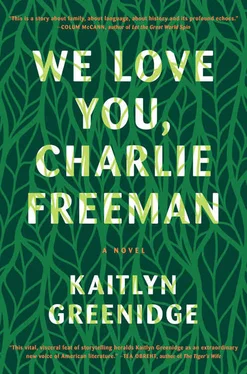
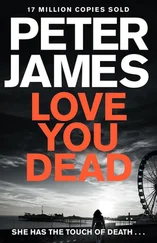
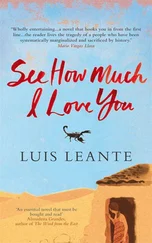
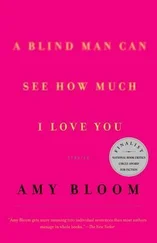


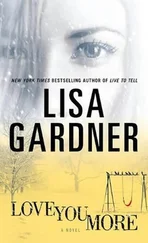
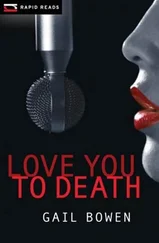
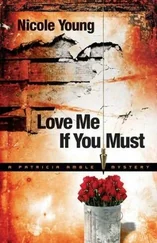

![Ally Carter - [Gallagher Girls 01] I'd Tell You I Love You But Then I'd Have to Kill You](/books/262179/ally-carter-gallagher-girls-01-i-d-tell-you-i-lo-thumb.webp)

